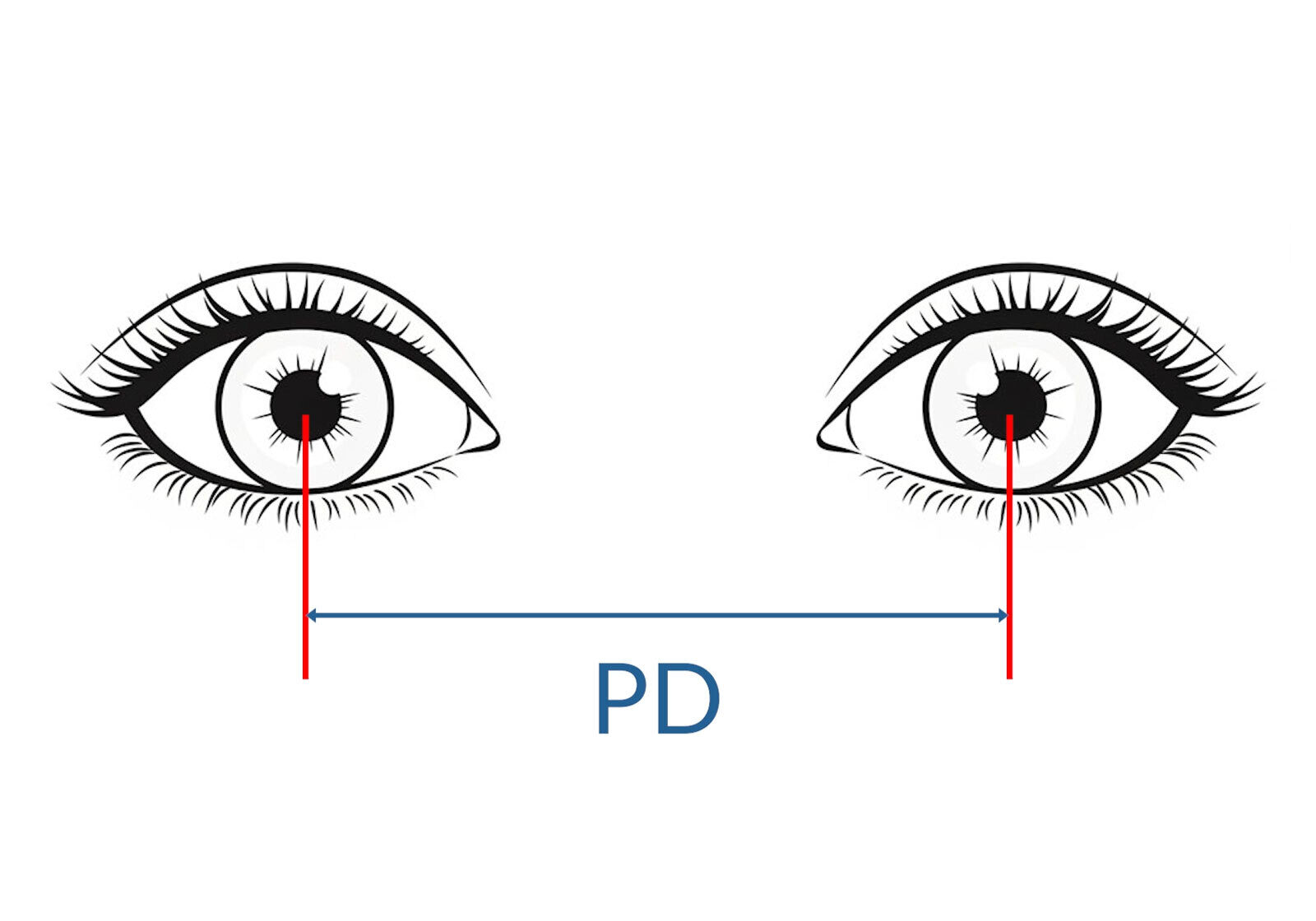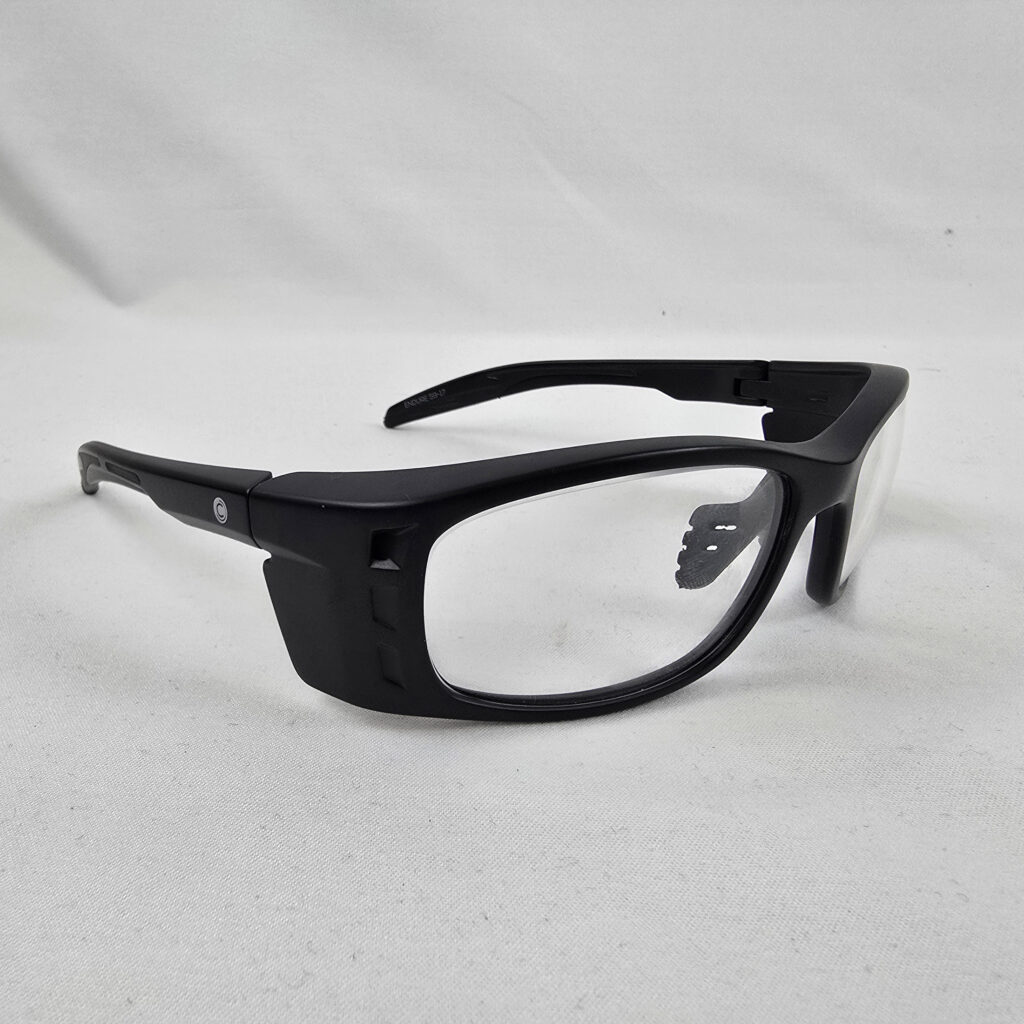Troubleshooting High Plus
When you’re dealing with a high plus prescription, picking the right frame is extremely important. The right frame makes the entire process easier - and the end result far more attractive and comfortable.
So what else do we need to consider for a high plus prescription? Let’s break it down.
Ideal Frame Shape: Keep It Round
A high plus lens has a steep curve. To keep the lens edges as thin and neat as possible, the best frame shape is round.
Why? Because a round frame lets the thin lens edge follow a consistent path all the way around, keeping the entire lens more uniform and less bulky.
If you choose a shape that isn’t round - like an oval or a sharp-edged design - you’ll expose the thicker parts of the lens. Sharp corners require more material to reach the edges, so the lens must be made thicker overall. Round is always better for high plus.
Frame PD vs. Patient PD
Next, match the frame PD (pupillary distance between the geometric centers of the lenses) as closely as possible to the patient’s PD.
If the frame PD is too wide, you’ll have to decenter the lenses inward - which means the lens must be made thicker on the nasal side. The more the lens is shifted off-center, the thicker (and less attractive) it gets.

Lens Design: Understanding Asphericity
A good high plus lens design will reduce unwanted distortions called oblique astigmatism - the warping that happens when you look away from the optical center.
Aspheric lenses help by flattening the curves slightly and refining the lens shape to maintain better clarity off-center.
The back surface should have some concavity. A flat or convex back surface might look thinner in the lensometer - but it usually increases unwanted distortion, making the lens harder to use in real life.
Thin Lenses vs. Usable Lenses
It’s tempting to tell the lab: “Make it as thin as possible!” But pushing too far can make a lens that looks good on paper but performs poorly.
Remember: a beautiful pair of glasses must still be usable by the patient.
Polished edges act like fiber optics - they bounce light around inside the lens, creating distracting glare. Keep edges frosted or matte to reduce internal reflections and keep vision comfortable.
Frame Styles to Avoid

Some frame types just don’t pair well with high plus lenses:
- Nylon Rimless: These need a groove in the lens to hold the nylon cord. To cut that groove, the lens must be thicker all the way around.
- Drill Mounts: For drilled holes to hold properly, the edge must be at least ~2mm thick. Again, that means thicker lenses overall.
- Full Wrap Frames: They look cool but need very wide lenses. To keep the optical center near your eye’s center, the lens must be huge and thick, which doesn’t work well with high plus scripts. If you like the wrap look, choose frames with an inner rim insert. This style keeps the lens smaller while still giving the appearance of a wrap.
The Bottom Line
For a high plus prescription:
- Choose a round frame
- Match the frame PD to the patient’s PD
- Use an aspheric design with a slight back concavity
- Avoid polished edges, rimless, drill mounts and extreme wraps
With the right frame, even a strong prescription can look great and perform beautifully.
